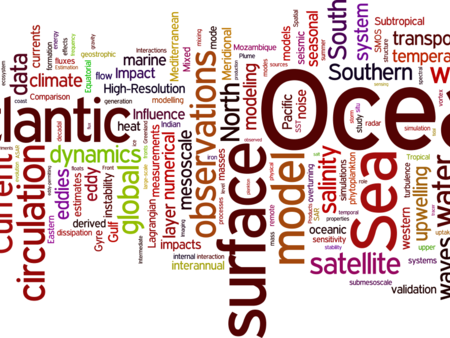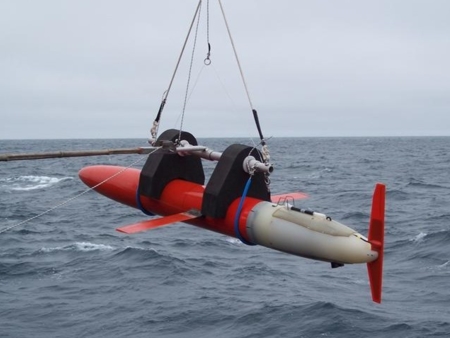Noémie Schifano
PhD project: "Tracer transport and mixing in the bottom mixed-layer"
supervisors: Clément Vic, Jonathan Gula
Why? The meridional overturning circulation controls the fluxes of heat and carbon in the ocean on climatic time scales. At high latitudes, dense waters sink from the surface to the abyss, and are upwelled back to the surface on their equatorward journey to close the oceanic mass budget and circulation. While the formation of dense waters is well mapped and quantified, their upwelling from the seafloor to intermediate depths and up to the surface still suffers from large uncertainties. The classic view is that the upwelling of abyssal waters is driven by widespread and rather evenly distributed diffusion processes in the ocean interior. Over the recent years, an alternative view has emerged, with an intense upwelling occurring in a thin layer of well-mixed waters (bottom boundary layer, BBL) close to the seafloor topography, and a downwelling occurring in a thicker layer lying on top on the BBL (stratified mixing layer, SML). Most of the energy fueling mixing in the BBL and in the SML is tidally sourced: tidal currents over uneven seafloor topography generate internal waves at tidal frequencies, or internal tides, which propagate in the interior and ultimately break. The breaking of internal tides triggers mixing of waters with different properties. It is already well known that mixing across density surfaces plays a main role in large-scale circulation, but we still miss a clear picture of its functioning and phenomenology.
What? Therefore, the goal of this project is to understand and quantify the impacts of mixing and water mass transformation on small and large scale circulations.
How? To achieve it, the realistic model CROCO is used. Passive tracers are released in the deep layer (BBL+SML). By analyzing the time-evolution of passive tracers motion, the encountered mixing can be quantify using several methods. In the first stage, methods to compute mixing are compared. Which method is the more realistic ? How can physical and numerical mixing be distinguished? To answer these questions, in-situ measurements are used. In a second time, phenomenology of the mixing -with a focus on the submesoscale- will be investigated, still using passive tracers.
Partner. This PhD project is complementary with the one of Giulia ZERBINI, also PhD student at LOPS, who focuses on deep instabilities.







